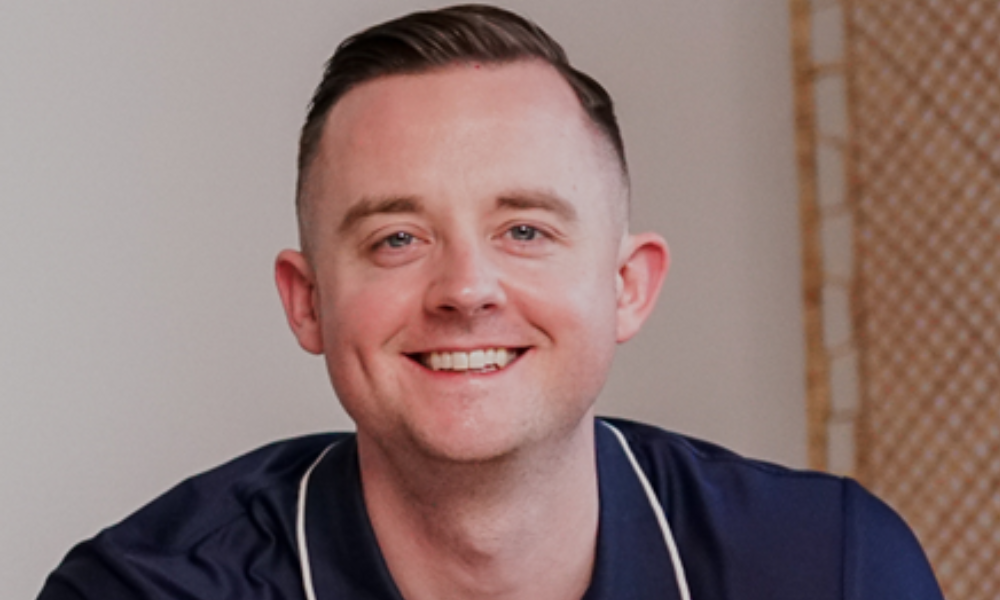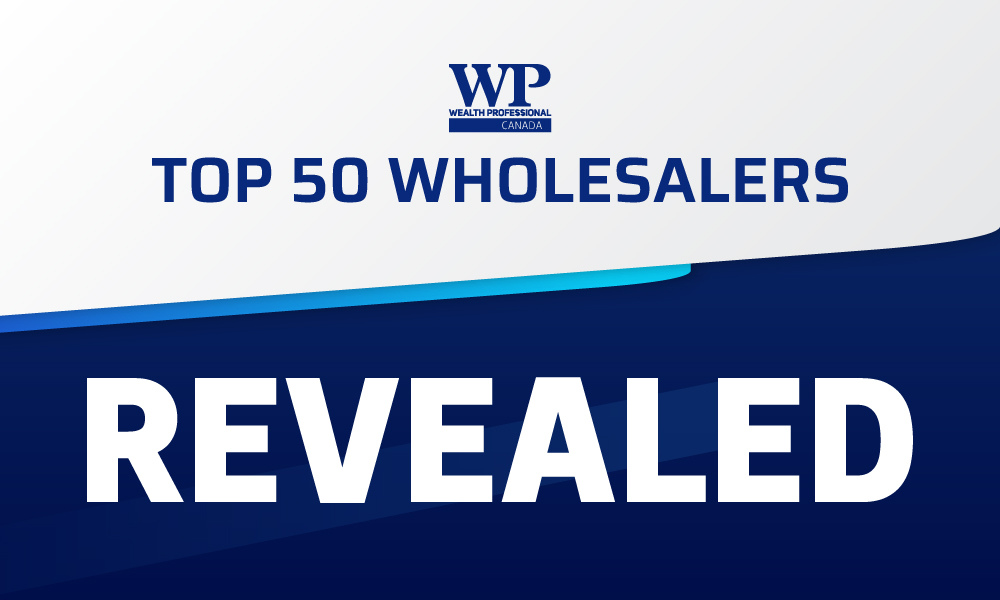With AI and other innovations, established firms strike balance between fast application and quality coverage

With the emergence of digital insurance companies that offer simplified, no-medical life insurance policies, traditional carriers and advisors have new competition for business — and they are facing the challenge head-on.
“Life Insurance companies in Canada are on top of this,” said Darren Abrahams, principal at SC Insurance. “This is where AI and other technologies have allowed them to innovate”
While Abrahams can reference many insurers driving the trend, he pointed to Manulife Financial as a pioneer. Through its exposure to the US Insurance Industry via their own John Hancock brand, the company has innovated and taken advantage of AI and advanced metrics to change the way consumers obtain this traditional insurance product.
“Manulife looked at the life insurance market for people under 50 for amounts under $1 million, for example,” Abrahams said. “Instead of allocating time, money, and resources on the traditional process —requiring blood and urine tests, which means paying for nurses to run around and see clients, and then paying the labs to run the samples and provide reports to their underwriters — they looked at the possibility of leveraging massive amounts of big data in order to simplify the process and remove this requirement for a huge segment of the market.”
Manulife has built Artificial Intelligence that scans 200 data points to process these specific applications much faster. This frees up human underwriters for more advanced or complicated cases, and provides a much simpler and less intrusive experience for those simpler policies.
By running analytics on information such as postal codes and some other key data points, Abrahams said Manulife has been able to identify outliers to a certain degree and thus streamline the underwriting process, removing the requirements unless there is a flag that calls for them.
“All of this to say that many traditional insurers have the same processes that are being touted as a new and simpler way to buy insurance by entrants into the space,” he said. “Our Canadian carriers have advanced their underwriting technologies and processes at a rapid pace, and continue to innovate, making this valued product as simple to obtain as possible.”
Traditional insurers’ streamlined applications can be conducted in person, but often take place via phone, teleconference, or email discussions. During that time, prospective clients are asked to identify their needs, and brokers or advisors explain the various types of solutions that are available. Once a client indicates that they are ready to proceed, they have several options: they can go through the application in real time with the broker through screen sharing; or they can choose to receive the documentation via email, allowing them to review it on their own time, and sign and send back using their phone or tablet.
“With the push of a button, an application is sent to an underwriter who will often review it within a matter of hours” Abrahams said. “And unless any questions or concerns jump out, the applicant can be approved within a day or two, and the policy can be delivered electronically as well. Clearly, traditional insurers have innovated, and removed the key driver that has led to some of the new entrants in the insurtech landscape in Canada and the US.”
Abrahams also referred to innovations coming from other carriers, who are also working on solutions to offer no-medical insurance with even higher amounts of coverage and to even more clients. More broadly, he sees insurers trying to evolve to allow easier and faster access without sacrificing the quality of their coverage, and the key benefits that can only come from owning a traditional insurance policy.
“That means coverage that protects your family properly, with key features like the ability to maintain the coverage for life, if you require it,” Abrahams stated proudly. He is referring to the Conversion Option that is embedded in most traditional policies, which allows policy owners to maintain their coverage as needed without requiring additional medical evidence or having to re-qualify.
“Many of our clients might start with term life insurance, which provides a significant amount of coverage at a reasonable cost, for a fixed term. However, our clients know that if they should have a change in health, they may have the option to maintain the coverage for life. And they keep their original health rating.”
Finding such value-for-premium coverage isn’t easy for clients, even with the power of digital search at their fingertips. A Google search for life insurance can reveal established giants whose product shelves by themselves can be intimidating. Clients still get confused and lost in a sea of types of policies and options, and in many cases, they don’t have the tools or resources to identify what amount of coverage is required in the event of death or disability.
Abrahams also explained how the final rate or offer can vary significantly between carriers. “As any veteran broker knows, companies can regard health and lifestyle details very differently, often with dramatically different outcomes for the same client. Our insight and experience allow us to assure clients they get the best possible offer.”
Most digital providers have a white-labelled product that attempts to be a one-size-fits-all solution. Online searches may turn up such companies that promote convenience and simplicity, but they might not actually be the best fit for Canadians who are looking to protect their families today for as long as they need.
“At the end of the day, a lot of these new insurtech platforms are simply marketing efforts, trying to disrupt an old-school industry,” Abrahams said. “But in order to get significant market share, they may have to partner with traditional insurers; this is where we can combine the resources, tools, knowledge and the insurance products that can best satisfy everyone's needs, along with the best-in-class application and underwriting processes.”



